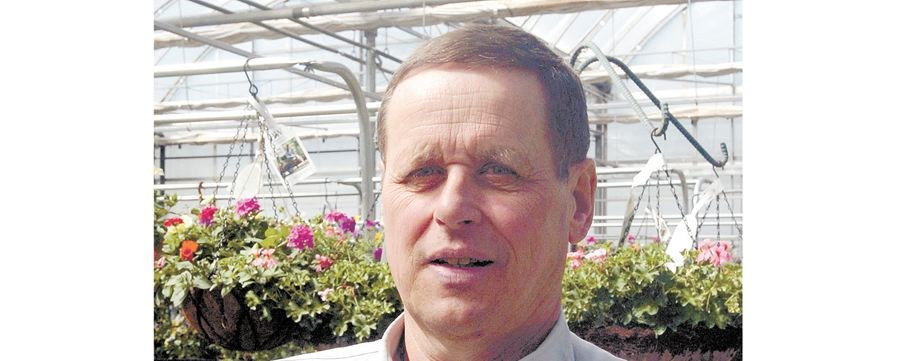Certain gardening chores should be done in March. Read on if you want to get a jump on planting.
For crops that require a long growing season, start seeds indoors. Long-season crops include tomatoes, peppers, eggplant, geraniums, leeks, onions, alyssum, marigolds, impatiens, pansy, petunias, violas and many of the perennial varieties.
Its is important when starting seeds to sow the seeds in a moistened starter mix that is placed in clean, disease-free containers. Using bottom heat such as heat mats will quicken the germination process, as will covering the planted seeds with a clear plastic dome. Remove the dome and bottom heat once the seeds have germinated. It is important to give seedlings lots of light. Place them under an adjustable grow light.
It's time to take out all those tender bulbs/tubers from storage and start them indoors. Dahlias, tuber begonias, Calla and Canna lilies can all be planted now. Planting them in peat pots will make the transplanting transition less stressful on the plant's roots when it is time to transplant the young plants into larger pots or in the flowerbed. When planting the bulbs/tubers into peat pots use a good quality indoor potting soil.
This is the time to take new cuttings from the geraniums and fuchsias that were saved from last season. The new shoot should be 8 to 10 centimetres long. Cut the shoot just below the node where the leaves form. Remove the very bottom leaf and dip the end of the cutting in rooting hormone before placing it in a container filled with moistened fine-textured soil. Place the planted cutting in a sunny location, making sure that the soil remains moist. When you begin to see new growth, fertilize first with a plant starter such as 10-52-10 and then change to 20-20-20.
This is the warmest winter I have ever experienced. Outside, there are bulbs such as snowdrops that are already coming up and in some cases blooming. Check all those fall-planted bulbs and perennials to make sure that they are not sitting in water as this can cause them to rot. On the other hand, make sure that plants/bulbs that are planted under eaves and near buildings are receiving enough moisture, as these are the areas that dry out first.
Perennials and ornamental grasses can be cleaned up by removing last year's dead growth. Perennials that need to be divided and transplanted in the spring can be done as soon as you can easily get a spade in the ground and work the soil. Generally perennials that bloom in midsummer/early fall are divided in the spring and early-blooming perennials are divided in the fall.
Cedars, Alberta Spruce and broad-leaved evergreens such as azaleas and rhododendrons can be unwrapped now. Don't untie cedars yet, because we could still get snow and it could bend or break the branches.
If you did not get the chance in the fall, this would be a good time to prepare all the garden tools.
The warm temperatures have gardeners itching to get started but you don't want to start too early. Don't work on the lawn until it is dry, and don't work the garden soil until it is dry.



